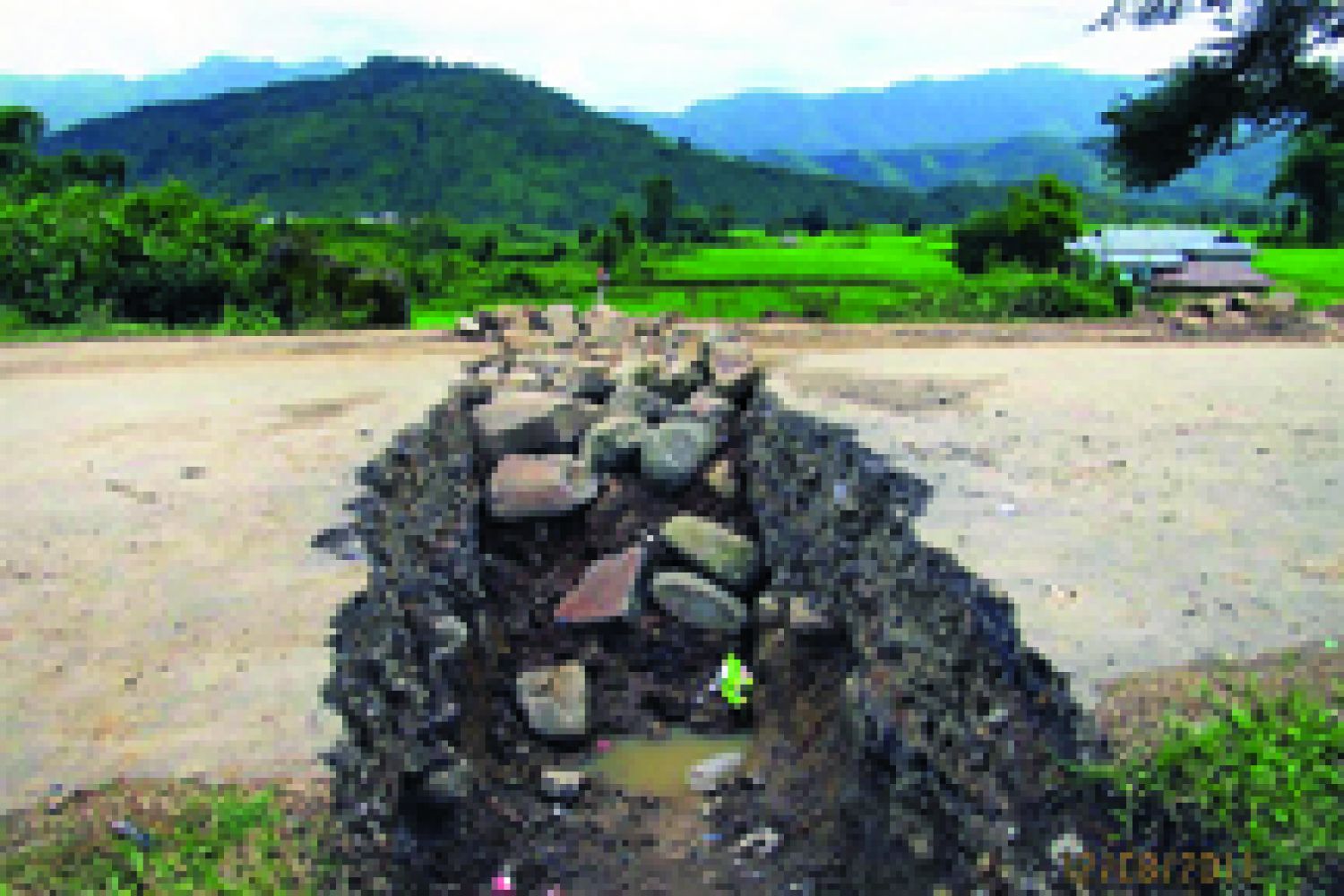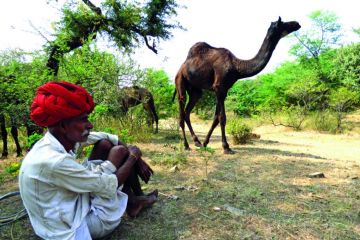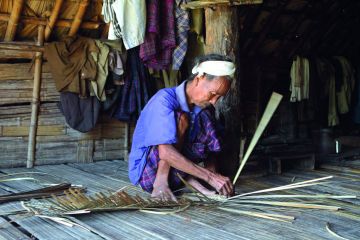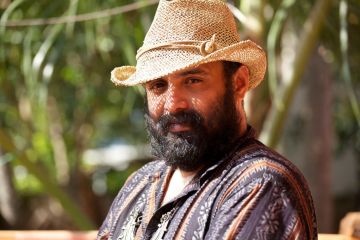
The road runs for 92
km in Manipur’s Senapati district, between and around the hills, and on an
ordinary day you cover it in three hours, a bit quicker if you’re more
adventurous. But for the hundreds of trucks, tankers and container lorries,
even 100 days have not been enough to cover this distance.
It’s no ordinary road,
this. It’s nothing less than the NH-39, the national highway, a strip of
battered asphalt that connects Imphal to Dimapur and Guwahati. It’s the route
throu





